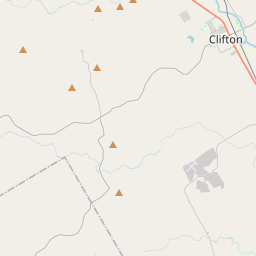Joseph Olson Family Log Cabin
Historical marker location:






After the Joseph Olson family immigrated to the United States from Norway in 1858, they lived first in the homes of Norwegian immigrants in the Norse community. In 1866, Olson (1811-1894) built a log cabin for his family on part of his original seven-acre farm. The cabin served as the family's primary residence until 1872, when a larger stone house was constructed. The log cabin remained on the Olson farm and in the possession of the Olson family until the 1970s. It was moved to this site and reconstructed in 1985 as a reminder of the Norwegian heritage in the area.
Texas Sesquicentennial 1836-1986
As one of the most visible programs of the Texas Historical Commission (THC), historical markers commemorate diverse topics in Texas history, including: the history and architecture of houses, commercial and public buildings, religious congregations, and military sites; events that changed the course of local and state history; and individuals who have made lasting contributions to the state, community organizations, and businesses.
The cattle industry played a significant role in the development of Texas, with cowboys driving cattle from Texas to railheads in Kansas during the late 1800s and early 1900s.
In 1852, the Texas legislature formally established Bosque County, named after the Bosque River, which flows through the area. The county quickly developed as an agricultural hub, with settlers primarily engaged in farming and ranching. The arrival of the railroad in the late 19th century further spurred economic growth and brought increased connectivity to the area.
During the Civil War, Bosque County, like much of Texas, sided with the Confederacy. The county sent troops to fight under the Confederate banner, and the war had a significant impact on the local economy. After the war, Bosque County faced challenges in rebuilding its economy and infrastructure.
In the early 20th century, the discovery of oil and gas brought renewed prosperity to Bosque County. The oil industry brought investment and job opportunities, leading to a period of economic growth and development. Today, Bosque County is known for its scenic beauty, outdoor activities, and historical landmarks, making it a popular destination for tourists and a desirable place to live.
Bosque County Timeline
This timeline provides a concise overview of the key events in the history of Bosque County, Texas.
- 1854 - Bosque County is created and organized, named after the Bosque River.
- 1855 - Bosque County's first permanent settlement, Clifton, is established.
- 1861-1865 - During the Civil War, Bosque County supports the Confederacy.
- 1870 - The first courthouse is built in Meridian, which becomes the county seat.
- 1882 - The Waco and Northwestern Railroad is completed, boosting the county's economy.
- 1890s - Bosque County experiences an economic boom due to agriculture and the expansion of railroads.
- 1905 - Meridian becomes the first community in central Texas to have electric lights.
- 1929 - The Great Depression negatively impacts the county's economy.
- 1938 - The Civilian Conservation Corps builds Lake Whitney, a popular recreational site.
- 1940s-1950s - Bosque County's population declines due to outmigration and agricultural changes.
- 1990s - Bosque County experiences population growth and a revitalization of its downtown areas.
- 2015 - Bosque County celebrates its 160th anniversary.